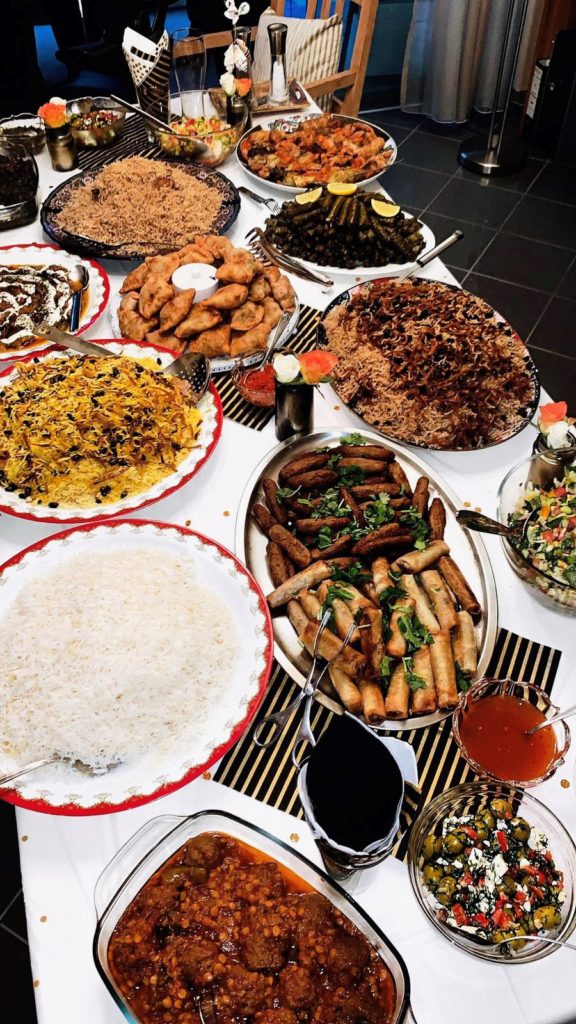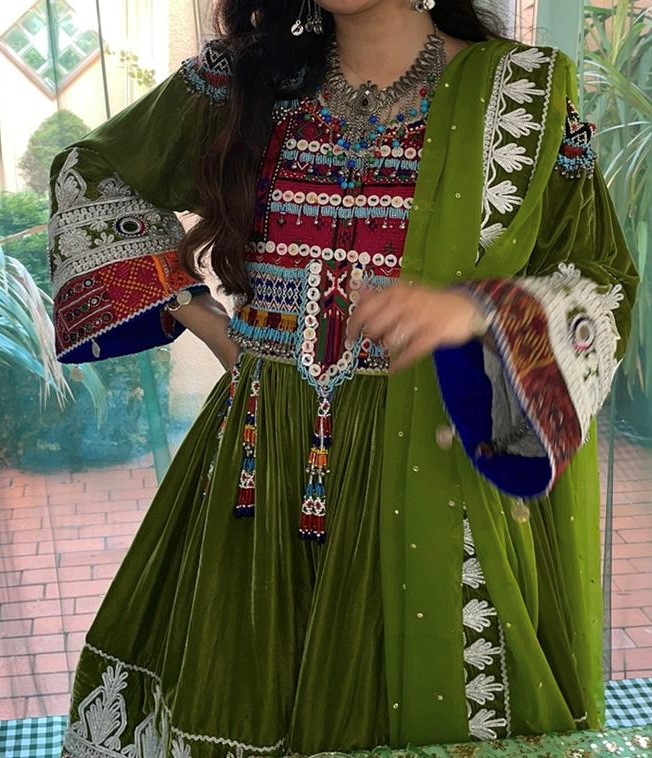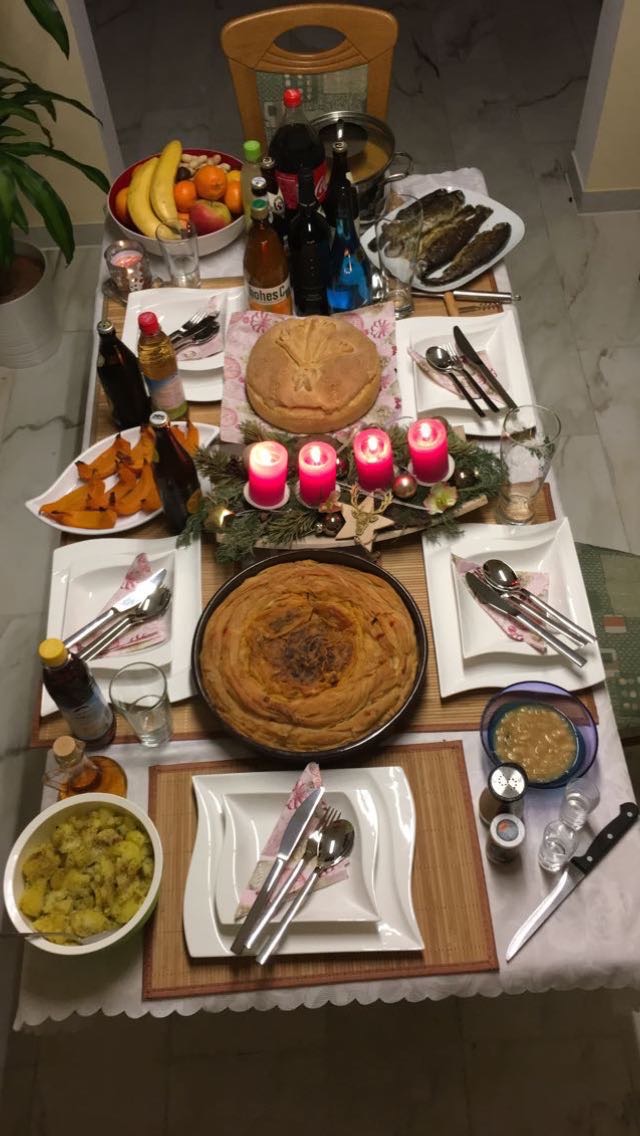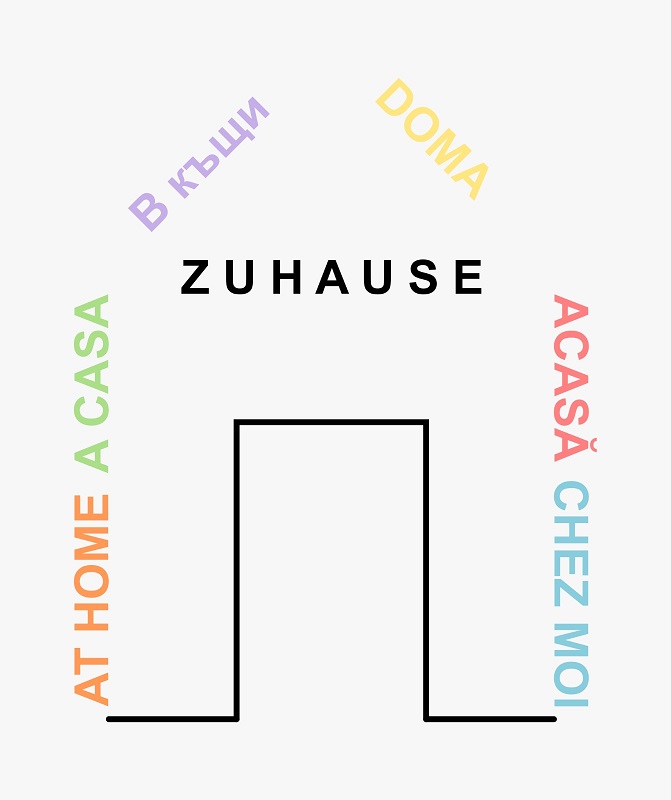When people talk about Afghanistan, the only images that appear in many people’s minds are those that are negatively associated with the country, mainly through the media – for example war, Taliban, corruption, lack of human rights, poverty.
These points prevail in reality, especially since the last months, when the radical Taliban came to power again. Many citizens tried and are still trying to flee, which shows that Afghanistan is a current topic and also affects the West.
One should not deny these prevailing conditions, but I can say from personal experience through my family that there is more to this country than just war, terror and poverty. However, many people are not aware of the country’s overwhelmingly positive qualities, and in general it can be said that little is known about the country.
Afghanistan is mostly located high in the Hindukush mountains and has 6 neighbouring countries including Iran, Pakistan and China. Its history dates back to the 10th century and continues to evolve today due to turmoil. The diversity of the country can be seen in its language, culinary arts, clothing and landscape.

Due to the fact that many different peoples come together, there is significant linguistic diversity. There are about 50 different languages and about 200 dialects spoken throughout the country. 50% of the population speak Persian, 35% Pashto, 15% Uzbek, Turkmen, Baluchi and other dialects.
Afghan food is characterised by the use of various spices, most of which come from India and make the dishes seem unusual to Western palates, such as turmeric, curry, ginger, coriander, cardamom and aniseed. Of course, the dishes taste different depending on the region, but the principle of cooking remains the same. The most popular food among Afghans are the various rice dishes, including “Kabuli Palau”: rice dressed with carrots, sultanas and lamb. Besides brown rice, there is also regular basmati rice and yellow sour-sweet rice, which is usually cooked with chicken and certain oranges that grow exclusively in Afghanistan. The yellow colour comes from the “yellow gold” called saffron. Another popular dish is “mantu”: a kind of stuffed pasta with minced meat, tomato sauce and yoghurt. In addition to these popular dishes, there are also various sauces that are eaten with rice, such as “Sabzi Chalau” (spinach) or “Kofta Chalau” (meatballs). The national drink of the Afghans is green tea.

Afghan Dishes 
Mantu
The traditional dress of the woman originates from the nomads and consists of loose-fitting cloth trousers (“salwar”) and a long-sleeved dress (“firaq”). There is also a kind of headscarf (“chodar”) to complete the outfit. The colour of the dresses can vary, but red is usually preferred. The dresses are decorated with colourful embroidery, small mirrors and beads, but can also be plain without embroidery for everyday wear. However, with the Taliban takeover, wearing the blue burqa has become compulsory. Men also wear loose-fitting trousers, a long top (“piran-tunban”) and another waistcoat (“waskat”). It is typical for the older men to wear a turban as a head covering.
Besides mountains, there are rivers, lakes, a national park (“Band-e-Amir”) and desert areas. Despite the different climatic conditions, the soil is fertile and melons, citrus fruits, pomegranates, mulberries and much more grow. Afghanistan and its diversity deserve to be talked about.
Author: Medina Younossi







